Why TestDome Considers FastSpring a Real Partner for Selling Software Online (Plus: Is Using AI Cheating?)
FastSpring
AUGUST 2, 2023
When TestDome was created, CEO and co-founder Mario Zivic knew the pre-employment testing software company wouldn’t be able to rely on domestic sales to succeed. “As As a startup with only two or three people, it would be absolutely impossible to go international without this kind of platform.” Here’s why. Now, Stripe offers it.

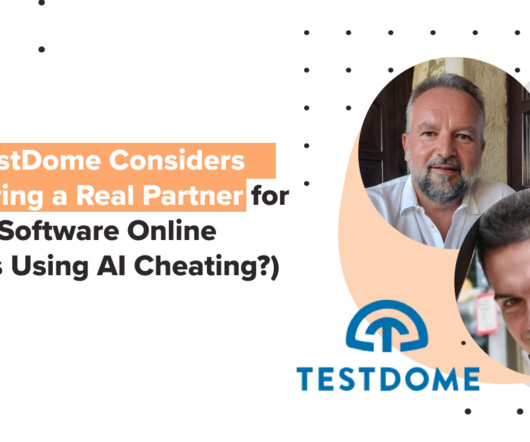
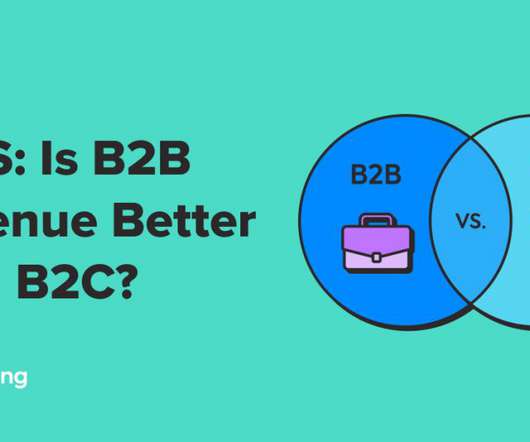

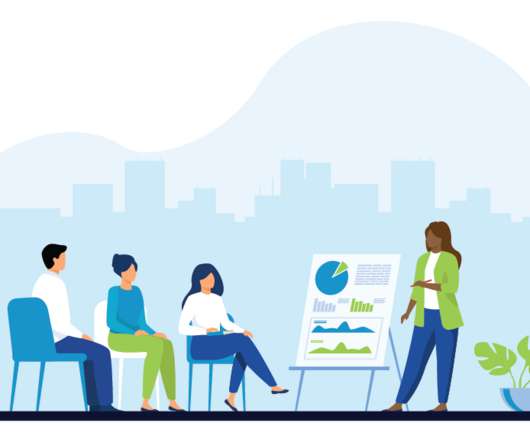


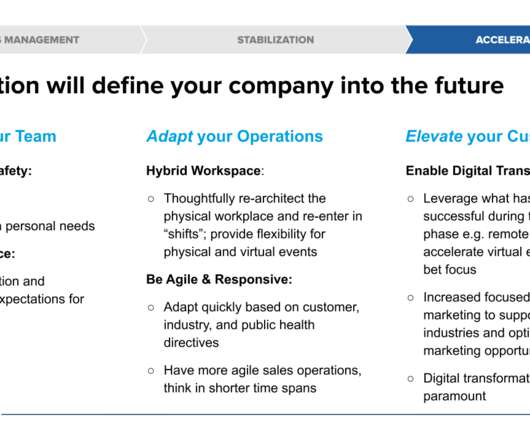


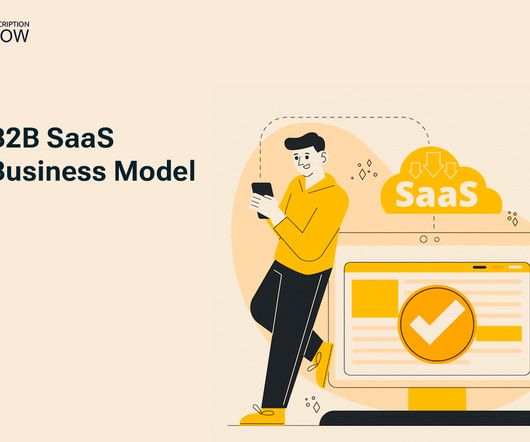
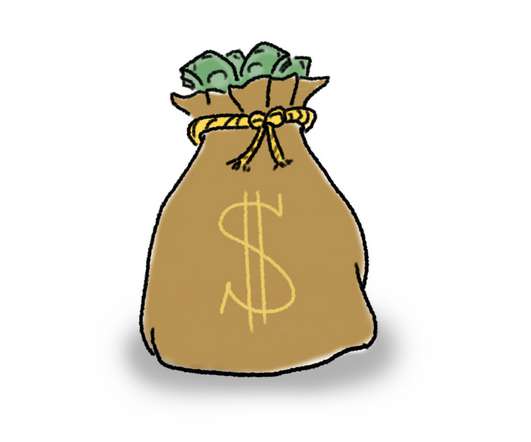
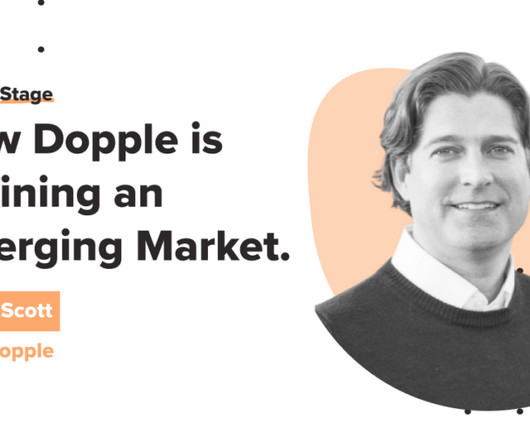


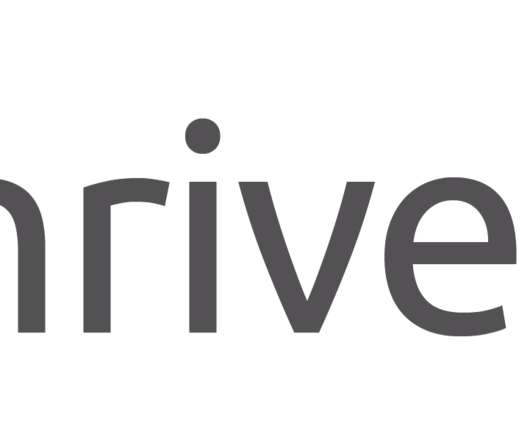
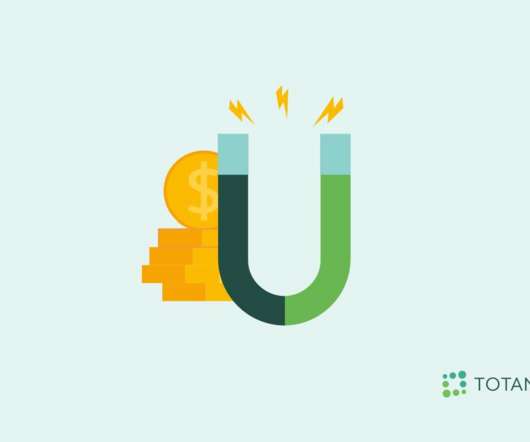


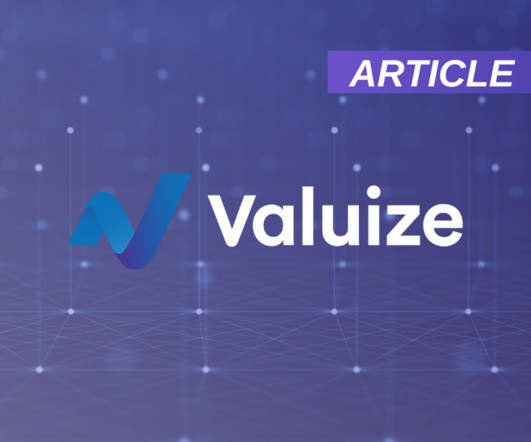







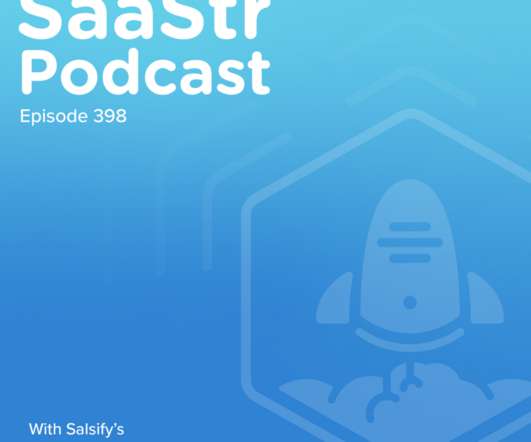

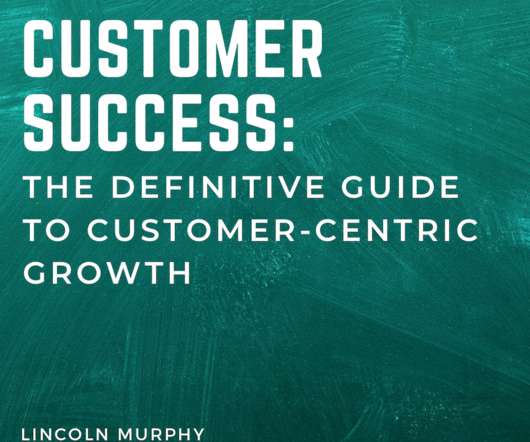








Let's personalize your content